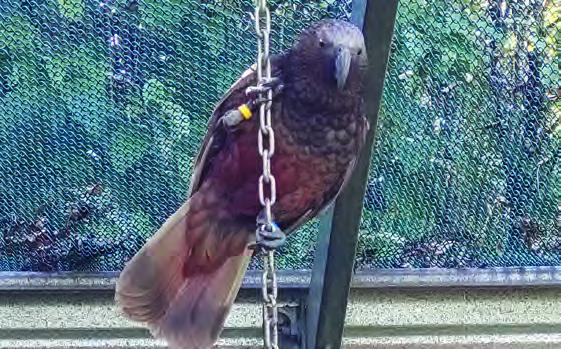
Originally published on Rayonier.com
Of the thousands of plants and animals in Rayonier’s forests, a few species are considered threatened or endangered, which we work actively to protect.
Our foresters and contractors are trained to be aware of and recognize protected T&E species and their habitats. We rely on mapping and database tools, as well as a working knowledge of our land, to determine where specific conservation practices are needed. In addition to our own efforts, we also participate in broader industry and conservation initiatives, such as population studies and surveys.
In the U.S., we rely on state natural heritage programs, NatureServe, regular biodiversity assessments, and the routine field work of our foresters to locate potential occurrences of T&E species. In New Zealand, occurrences of Rare, Threatened, and Endangered Species (RTES) are recorded in our EMS database so that forest management plans can be adapted accordingly. In addition, certain areas designated as either Significant Ecological Areas (SEAs) or High Conservation Value Forests (HCVFs) require special procedures to ensure that they are protected. Through the use of these various tools, we have identified that approximately 50% of our forests have the potential of being a T&E species habitat.
Importantly, our forest management practices help reduce the risk of adverse impacts to the normal life cycle or habitat of T&E species. Such practices include surveying sites for species occurrences before conducting forest management activities, leaving buffers along riparian and natural habitat areas, or limiting harvest activities during certain times of the year.
Some T&E species are nomadic, which means they move from place to place and do not have fixed boundaries to their habitat. The modifications we make to our forest management practices for these species include hand planting versus machine planting, and/or adapting the timing of activity based on their cycle of movement.
Read about how three kākā were welcomed to the Boundary Stream Mainland Island Reserve aviary in New Zealand.
Explore how threatened bird life returned to Duck Creek Wetlands in New Zealand.
Learn how foresters build plans around protecting gopher tortoises in the Southeastern U.S.
Visit our responsible stewardship page to learn more about Rayonier’s sustainability efforts.

